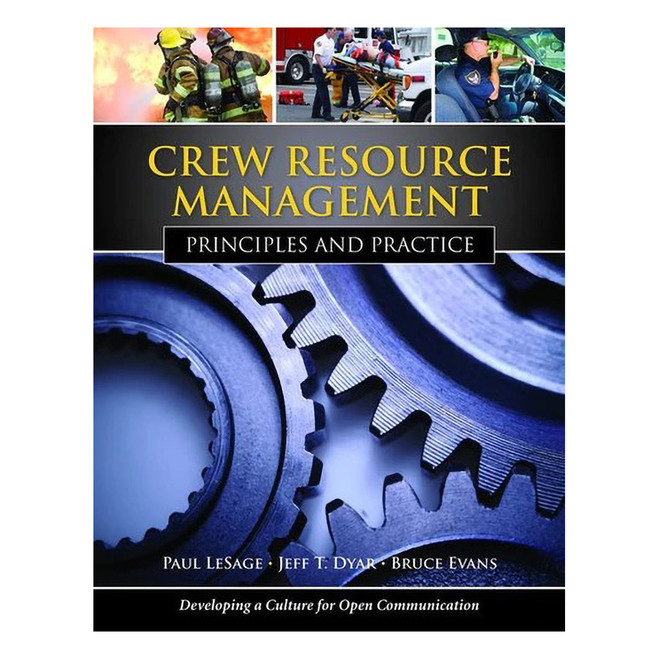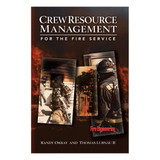Crew Resource Management: Principles And Practice
Crew Resource Management (CRM) enables public safety teams to make the right decisions in the field quickly, safely, and together. CRM stresses the importance of having strong leadership in place to guide a team’s decision-making process, while encouraging individual team members to share critical information to help the team leader make the right decisions during an emergency. The six-step CRM process breaks down typical communication barriers by focusing on the team as a whole with a common goal. The six steps are:
- Using inquiry to evaluate procedure
- Using advocacy to respectfully question authority
- Using conflict resolution techniques to learn from errors
- Using strong leadership to make group decisions
- Observing and critiquing team decisions to meet mission goals
- Fostering an open and accepting team environment, where members discuss options for team improvement
Crew Resource Management: Principles and Practice shows emergency response leaders how to implement CRM skills in their fire stations, in their ambulances, in their police vehicles, and on the emergency scene. The key features of this program include:
- Case Studies- Engaging and thought-provoking case studies help the reader to plan responses to wide-ranging emergencies. These scenarios provide the reader with an opportunity to see how CRM applies to the real world.
- Ready for Review- Highlights critical information to take away from the chapter in a bulleted format.
- Vital Vocabulary- Key terms and definitions are highlighted throughout the text. A complete glossary of chapter terms appears in the Wrap Up section at the end of the chapter
Table of Contents
- Chapter 1 Introduction
- Chapter 2 Organizational Story and Culture
- Chapter 3 Creating a Culture for Learning
- Chapter 4 The Critical Decision Process
- Chapter 5 The Concepts of Crew Resource Management
- Chapter 6 Understanding and Implementing Crew Resource Management
- Chapter 7 Leaders, Followers, and Teamwork
- Chapter 8 Postincident Analysis
- Chapter 9 Maintaining High Reliability
This book is published by the Public Safety Group under Jones & Bartlett.









